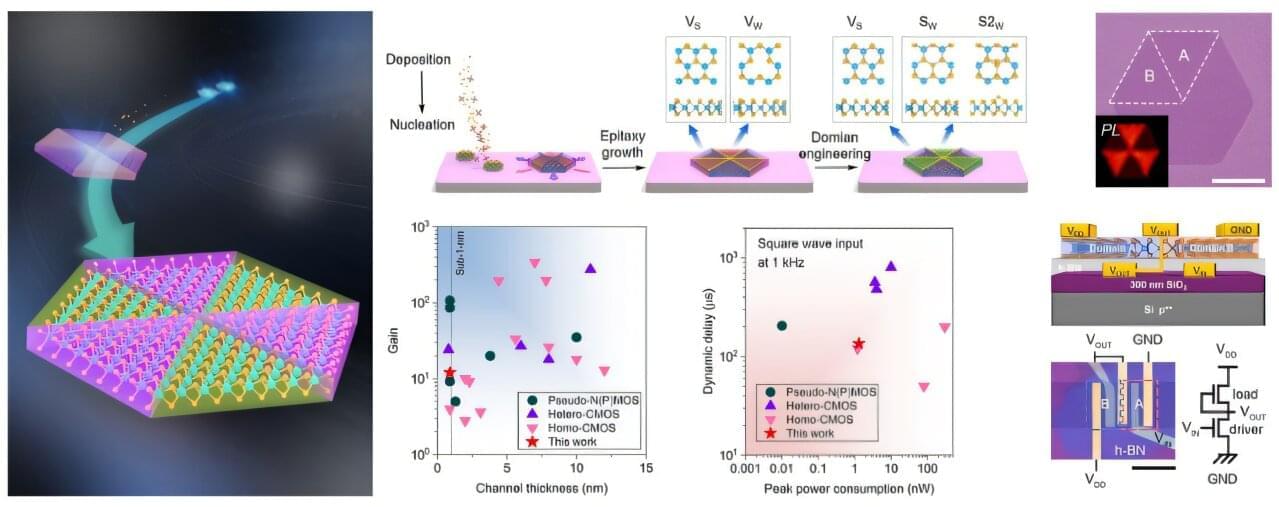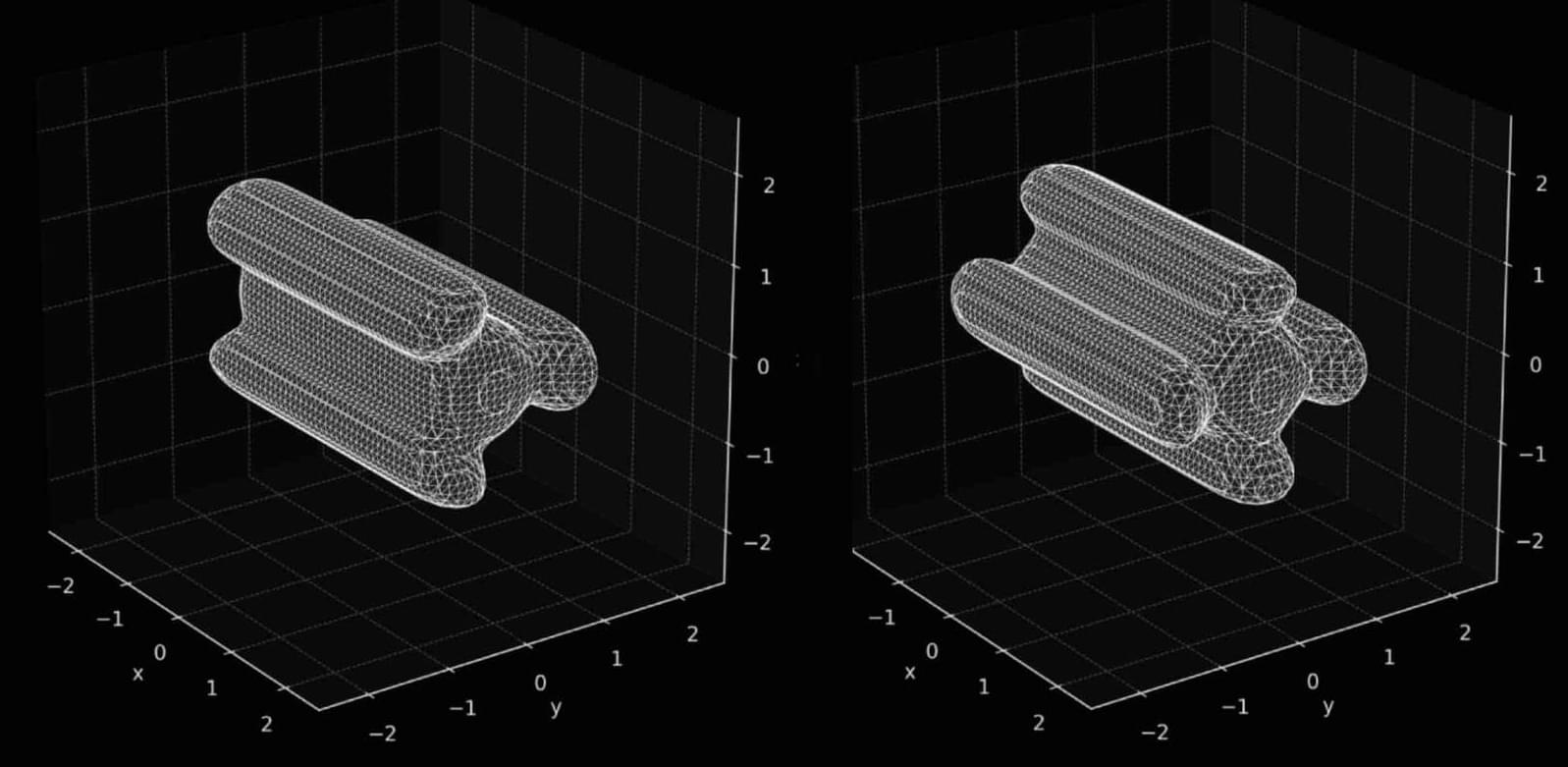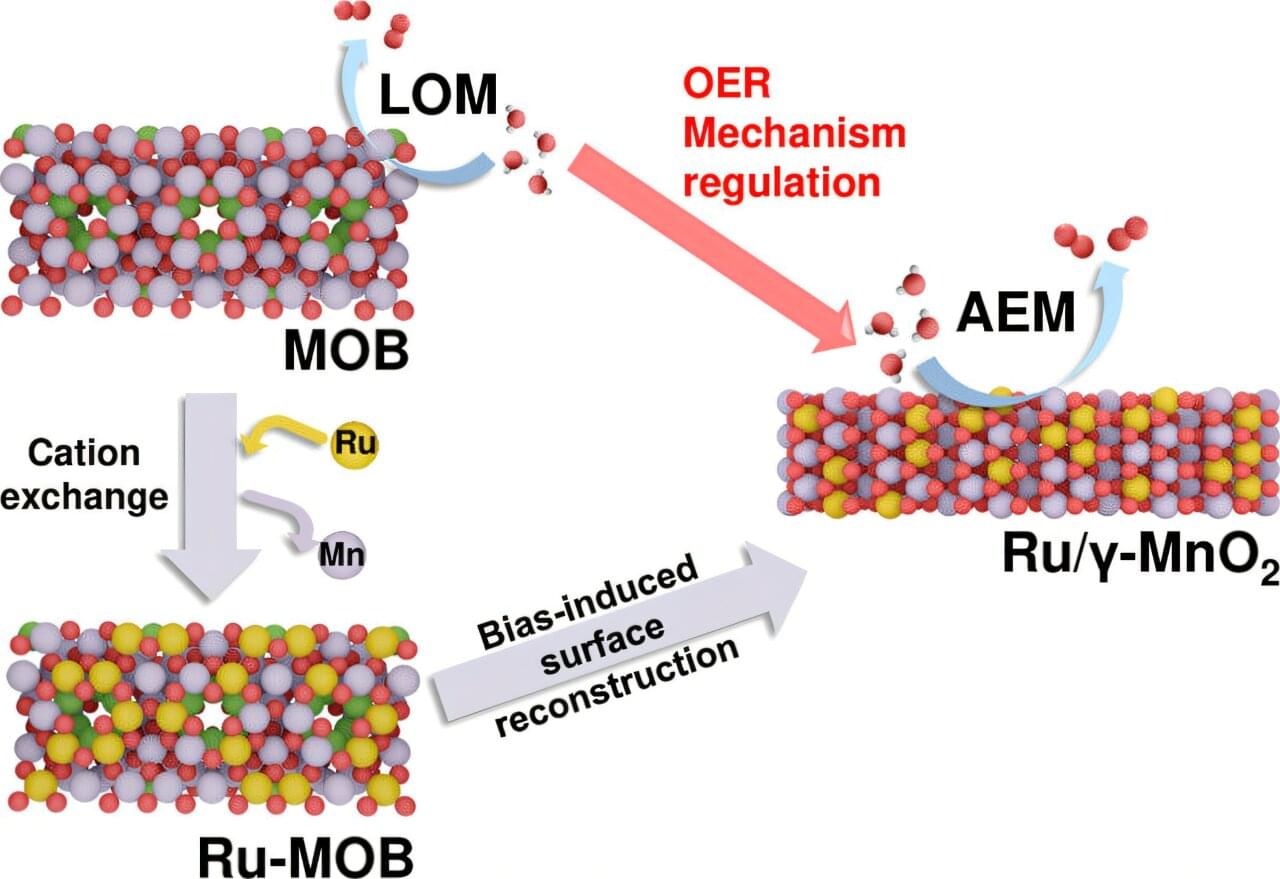As tough as medieval chainmail armor and as soft as a contact lens. This material is not taken from science fiction, it is a natural structure made of thousands of DNA circles interlinked with each other. Studying it can help us advance our knowledge in many fields, from biophysics and infectious diseases to materials science and biomedical engineering.
This topic is the subject of “Organisation and dynamics of individual DNA segments in topologically complex genomes,” an article that has been published in Nucleic Acid Research.
The study, which also appeared on the front cover of the journal, is the result of a collaboration between the Department of Physics of the University of Trento, with Guglielmo Grillo under the supervision of Luca Tubiana, and the Department of Physics and Astronomy of the University of Edinburgh, with Saminathan Ramakrishnan and Auro Varat Patnaik, supervised by Davide Michieletto.









